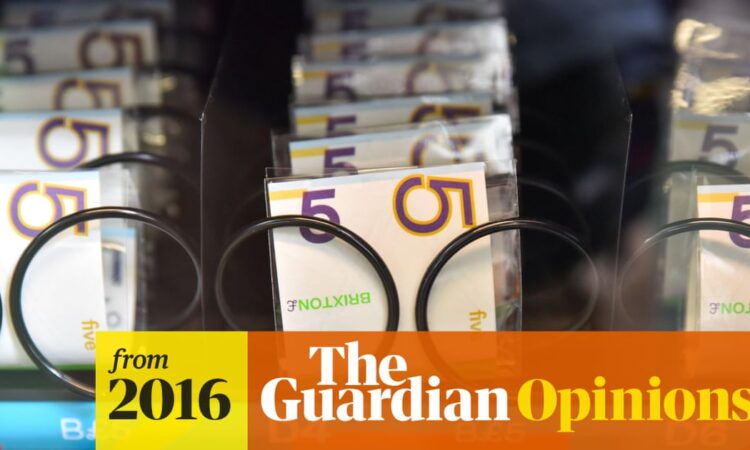
Community currencies are a window into a possible future. The model is practical, not theoretical. It has shown its usefulness in many places. And it has now reached a point where it deserves to be much more widely known.
Community currencies have been with us for decades, even centuries. They are reminders that there is no God-given law stating that only governments or central banks can create monies (even though they do reserve themselves unique powers over what counts as a money). Throughout history different kinds of money have been created, sometimes by communities, sometimes by companies and sometimes by local governments. Their aim has been to connect different kinds of supply – of time, work or things – to otherwise unmet demands or needs.
There are now thousands of examples globally. Many have thrived when the mainstream economy contracted, as happened in Argentina in the early 2000s or Greece in this decade. Others have appeared in the UK, like the Brixton and Bristol pounds. But there are also many examples in countries such as Germany where they have become an expression of community spirit.
Some of these currencies are explicitly about time. They allow us to exchange hours of our time with others. At their best they work by formally valuing things that the mainstream economy finds hard to understand. That might be the time and skill to care for someone; to cook; or to fix things.
The biggest community currency in the UK is Spice Time Credits. The scheme swaps one hour’s volunteering in the community for a time credit for each hour given. The credits can be spent on a range of community, cultural and leisure activities locally. They can also be spent across the national network of organisations that are currently participating in the programme.
This model has already reached tens of thousands of people with well over 1,000 organisations as partners, as shown in their new report, Positive Change in Challenging Times. From quiet beginnings in the Welsh valleys Spice has also shown that it can be effective in addressing many different types of need, from eldercare and schools to drugs and alcohol misuse.
Community currencies matter because they address head on what is perhaps the worst feature of the mainstream economy: that it treats as valueless people who obviously have use and value. At a macro scale that failure translates into millions left unemployed or underemployed. At a micro scale it means that many communities simultaneously have unmet needs and underused capacities. We sometimes think of citizenship as being about votes and rights. But it’s also about what we give, and about being recognised for what we can contribute not just what we take. SpiceCommunity currencies help to remind us of the reciprocity that always holds communities together. The potential now is to take these models to a greater scale – to make them part of everyday life. Making that happen will depend on many new partners in civil society, local government and the health service. But I hope that national government and policy can play their part too in achieving the kinds of system change described in this document.
The really big prize will be to replicate some of what happens with money – so that, for example, we could pay some of our local taxes in time credits and get partly paid in them, too. If that were to happen we could start to see a very different kind of economy, more human and more relational.



